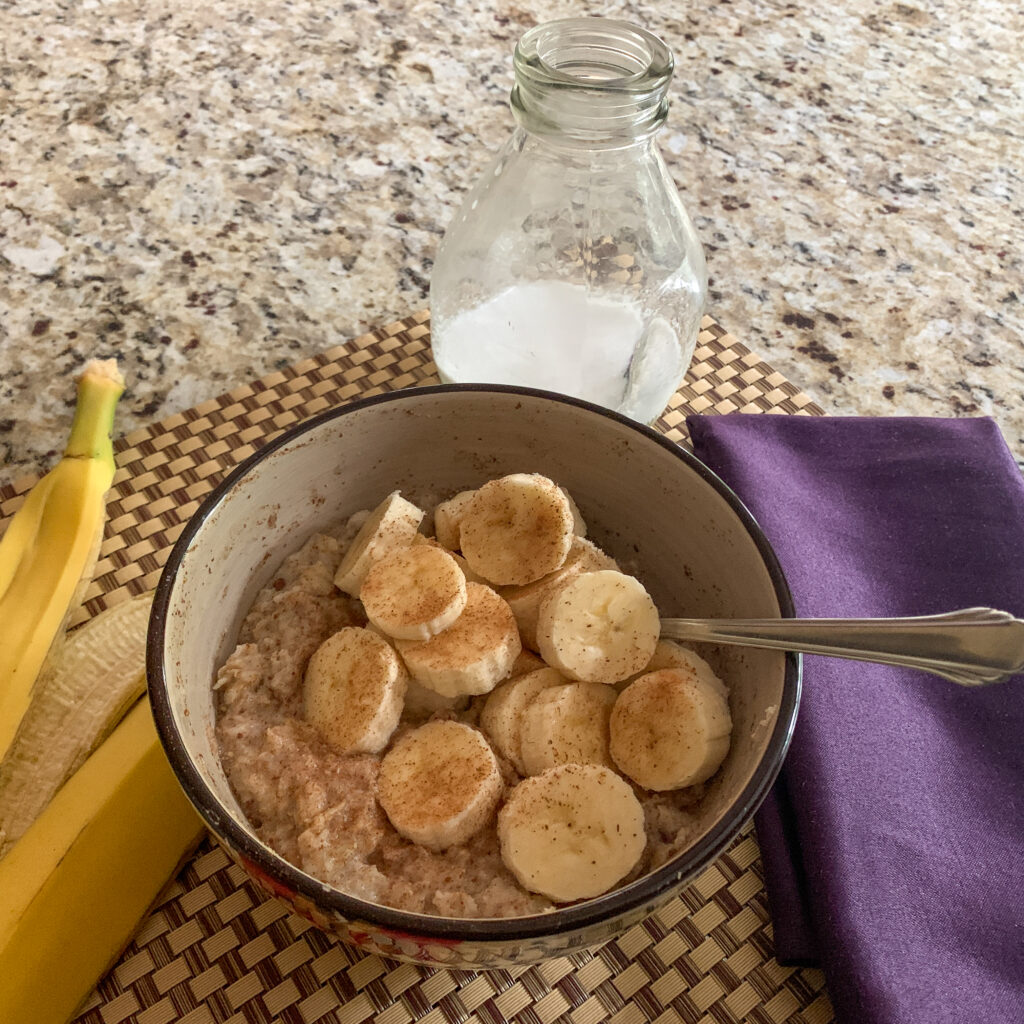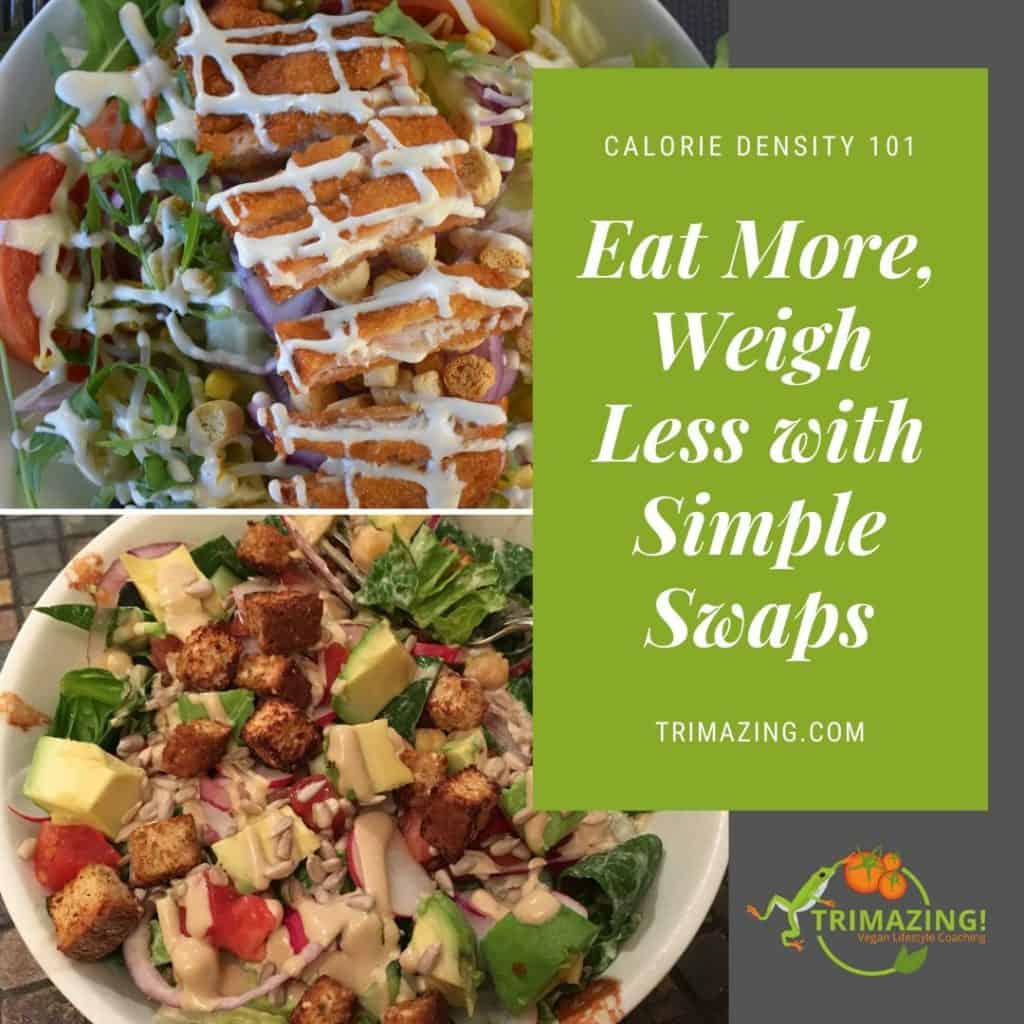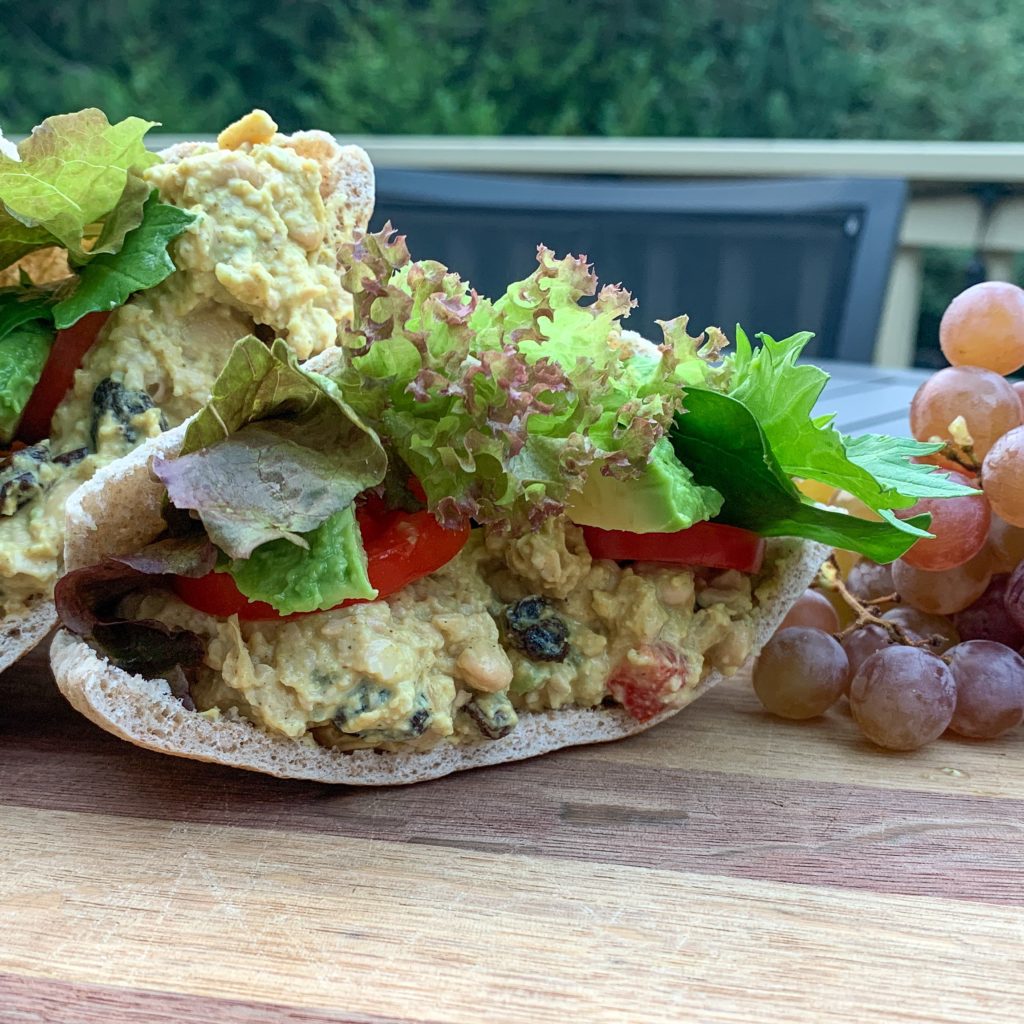Hidden Animal Products in Food & Link to My Favorite Worcestershire Sauce Recipe!

Something that always shocks new vegans is the amount of animal products hidden in foods, things they had no idea would ever have animal products in them. You really learn to be a detective, scouring food labels, to ensure you are making the right choice. But it’s not always so easy, ingredients may be listed under chemical names, the origin of which may not be so apparent.
Do note, items in trace amounts might not be listed on ingredients labels. According to the US Federal Drug Administration (FDA), “If an ingredient is present at an incidental level and has no functional or technical effect in the finished product, then it need not be declared on the label.” This does not apply to allergens, however, those must be listed, even if in trace amounts. The FDA only requires listing of eight major food allergen groups, those they believe cause 90% of all allergen reactions, including ingredients derived from animal-based products milk, egg, fish, and Crustacean shellfish. Manufacturers may list ingredient items as “artificial” or “natural” flavors, unless the item itself is a spice, spice blend, flavoring, or coloring, then the individual flavorings and/or spices must be individually listed. Raw fruits and vegetables are not required to have food labels, even if they have had sprays or coating, such as in the case of non-organic bananas coated with a Crustacean shellfish-derived spray used to slow ripening (see VegNews).
Here’s a list (Click here for a list of hidden animal products you can take with you to the store) of many common ingredients that may be sourced from animals. Some are also plant-sourced, as noted, which can really make things confusing. When in doubt, look for a notation on the packaging that the product is vegan, or look the product up online to do more research.
Albumin
What: Protein component of egg whites
Where Found: Processed foods, many foamy cocktails
Anchovies
What: Fish
Where Found: Worcestershire sauce, Caesar salad dressing, some Asian sauces
Animal Shortening (Suet, Manteca)
What: Butter, lard
Where Found: Baked goods, refried beans, flour tortillas, ready-made piecrusts (some are vegan, made with vegetable shortening), suet bird feeder blocks
Bone Char
What: Charcoal made from burning animal bones, used to “whiten” sugar
Where Found: Some white sugars. Ingredient usually not listed. Look for vegan sugars
Carmine (carmine cochineal or carminic acid)
What: Red coloring made from grinding up a specific insect
Where Found: Bottled juices, colored pasta, some candies, some popsicles, some yogurts
Casein (caseinate)
What: Milk protein
Where Found: Dairy products and some soy cheeses, some mock meats and veggie burgers
Castoreum (often listed as “natural flavor”)
What: Flavor derived from the anal glands of beavers
Where Found: Berry-flavored foods
Clarifying agent
What: Derived from any number of animal sources
Where Found: Used to filter wine, vinegar, beer, fruit juice, soft drinks.
Gelatin
What: Made from boiling down animal bones, cartilage, tendons, and skin
Where Found: Marshmallows, yogurt, frosted cereals, some desserts, some beer, fingernail strengthening substances, including nail polish remover. May be listed as “clarifying agent”
Glycerides (mono-, di-, and triglycerides)
What: Glycerol from animal fats or plants
Where Found: Processed foods
Isinglass
What: Gelatin from the air bladder of sturgeon and other fish
Where Found: Alcoholic beverages (beer, wine, spirits), some jellied desserts. May be listed as “clarifying agent”
L-cysteine
What: Amino acid derived from human hair or poultry feathers
Where Found: Some bagels and breads
Lactose (saccharum lactin, D-lactose)
What: Milk sugar
Where Found: As a culture medium for souring milk and in processed foods
Lactylic stearate
What: Salt of stearic acid (see stearic acid)
Where Found: A conditioner in bread dough
Lanolin
What: Waxy fat from sheep’s wool
Where Found: Chewing gum, ointments, cosmetics, waterproof coatings
Lard
What: Fat from the abdomens of pigs
Where Found: Baked goods, refried beans, flour tortillas
Lecithin (not soy lecithin, which is vegan)
What: Phospholipids from animal tissues, plants, and egg yolks
Where Found: Breakfast cereal, candy, chocolate, baked goods, margarine, vegetable oil sprays
Lutein (unless noted from a vegan source)
What: Deep yellow coloring from egg yolks (not vegan) or marigolds (vegan)
Where Found: Commercial food coloring
Myristic acid (tetradecanoic acid)
What: Animal fats
Where Found: Chocolate, ice cream, candy, jelled desserts, baked goods
Natural flavorings (unless noted from a vegetable or vegan source)
What: Unspecified, could be from meat, other animal products, or plant source
Where Found: Processed and packaged foods
Oleic acid (oleinic acid)
What: Animal tallow
Where Found: Synthetic butter, cheese, vegetable fats and oils, candy, ice cream, beverages, condiments
Omega-3 fats (unless noted from a vegan source)
What: Derived from fish oil
Where Found: Orange juices with “added Omega-3”
Palmatic acid
What: Animal or vegetable fats
Where Found: Baked goods, butter and cheese flavoring
Pepsin
What: Enzyme from pigs’ stomachs
Where Found: Dairy cheese
Sodium stearoyl lactylate (unless noted to be from a vegan source)
What: May be derived from cows, pigs, animal milk, or vegetable-mineral sources
Where Found: Used in cake, pudding, or pancake mixes, baked goods, margarine
Stearic acid (octadecanoic acid)
What: Tallow, other animal fats and oils
Where Found: Vanilla flavoring, baked goods, beverages, candy
Suet
What: Hard white fat around kidneys and loins of animals
Where Found: Margarine, mincemeat, pastries, bird feeding blocks
Tallow
What: Solid fat of sheep and cattle separated from the membranous tissues
Where Found: Margarine
Vitamin A (A1, retinol) (unless specifically noted to be from a vegan source)
What: Vitamin obtained from vegetables, egg yolks, or fish liver oil
Where Found: Vitamins, fortified foods
Vitamin B12 (unless specifically noted to be from a vegan source)
What: Vitamin produced by microorganisms and found in all animal products; synthetic form (cyanocobalamin or cobalamin on labels) is vegan
Where Found: Supplements, fortified foods
Vitamin D3 (Vitamin D2 is made from plants or yeast)
What: Vitamin D3 (cholecalciferol) comes from fish liver oils or lanolin
Where Found: Supplements, fortified foods
Whey
What: Watery liquid that separates from the solids when making cheese
Where Found: Processed foods, baked goods, protein powders
Worcestershire Sauce
What: Savory sauce traditionally made from fish, unless specifically identified as vegan
Where Found: Processed foods, Bloody Mary cocktails
Note, you can make your own vegan Worcestershire Sauce! My favorite is by Ronit H. Peskin of the Penniless Parenting blog and this version as well.
These are the most common hidden animal products, but there are certainly more, as things are frequently added. You really have to be a detective and check those labels. And products change without notice, so it pays to check the ingredients lists every once and a while on products you already buy. So frustrating!
Click here for a list of hidden animal products you can take with you to the store.
Do you like this post? Please share....
[mashshare]
If you liked this post, you might like one of these:
Categories:

[Trī-māz-ing]
Cindy wants you to be Trimazing—three times better than amazing! After improving her health and fitness through plant-based nutrition, losing 60 pounds and becoming an adult-onset athlete, she retired from her 20-year firefighting career to help people just like you. She works with people and organizations so they can reach their health and wellness goals.
Cindy Thompson is a national board-certified Health and Wellness Coach, Lifestyle Medicine Coach, Master Vegan Lifestyle Coach and Educator, Fitness Nutrition Specialist, Behavior Change Specialist, and Fit2Thrive Firefighter Peer Fitness Trainer. She is a Food for Life Instructor with the Physicians Committee for Responsible Medicine, Rouxbe Plant-Based Professional, and Harvard Medical School Culinary Coach, teaching people how to prepare delicious, satisfying, and health-promoting meals.
She provides health and lifestyle coaching at Trimazing! Health & Lifestyle Coaching. Cindy can be reached at info@trimazing.com.
Subscribe to the Trimazing Blog
Receive occasional blog posts in your email inbox.
Subscribe to the Trimazing Blog
Receive occasional blog posts in your email inbox.




















